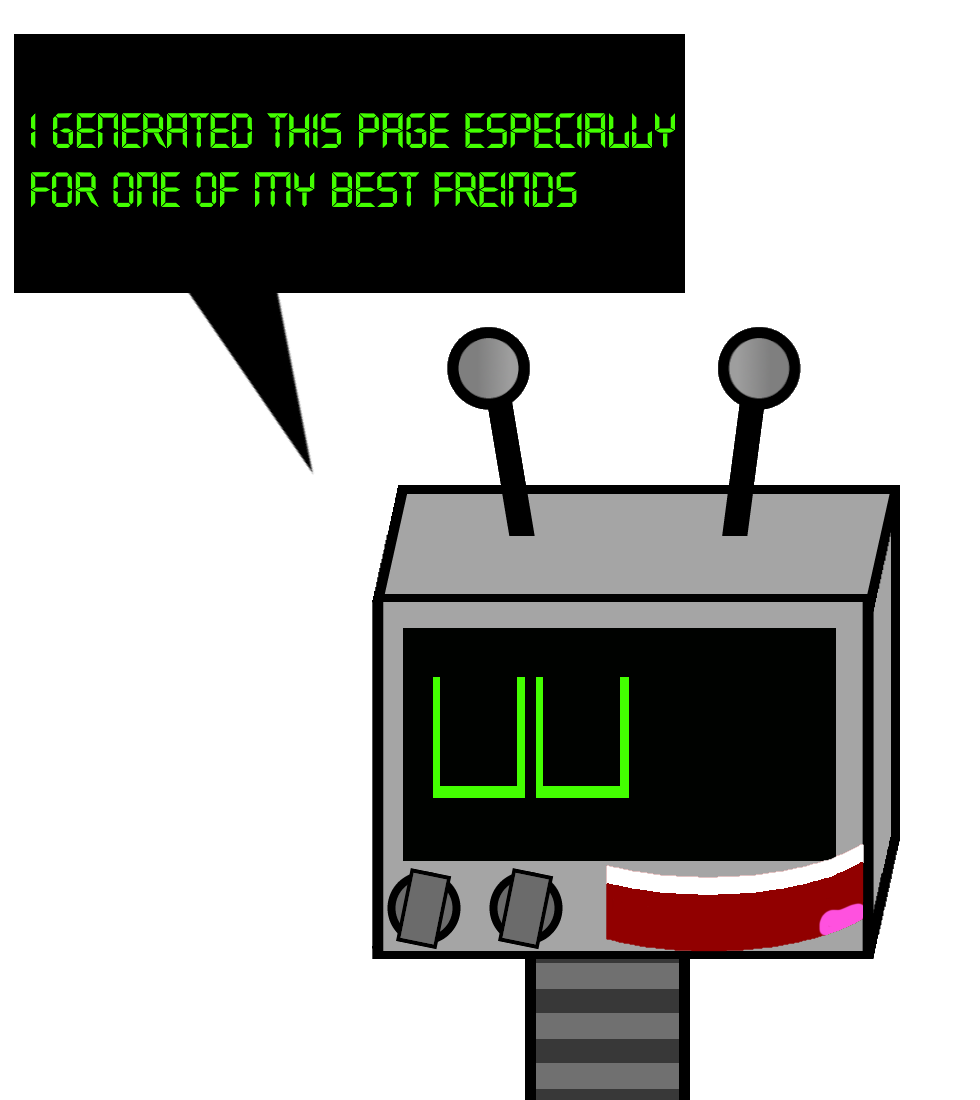AI-generated videos and images are everywhere now — from cool demos to viral clips. But beneath the shiny surface, there are serious problems we need to talk about.
AI video tools like Sora (made by OpenAI), Luma AI, and others create videos from text prompts or minimal input. This technology is impressive but still early-stage and imperfect.
Many AI-generated videos cause real physical discomfort — weird flickering, unnatural motion, surreal visuals, and jittery glitches that make watching painful or exhausting.
The videos look almost real but have subtle flaws that our brains instantly notice — creating a creepy, unsettling feeling rather than enjoyment.
Despite the flashy visuals, these videos often lack storytelling, pacing, and emotional connection — leaving a hollow, soulless impression.
Some creators use AI tools but don’t disclose it, sometimes even claiming their work was “handmade” or “made with love.” This is dishonest, especially when the content targets children or educational spaces.
AI is an incredible tool — but right now, AI-generated videos like those from Sora can cause more harm than good. I’m speaking up because I want a future where technology enhances human creativity, not overwhelms or replaces it.
